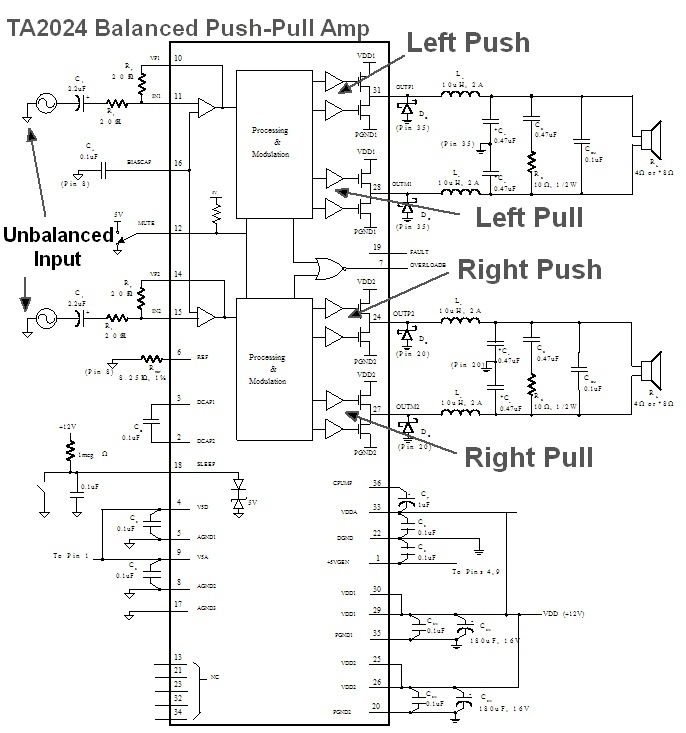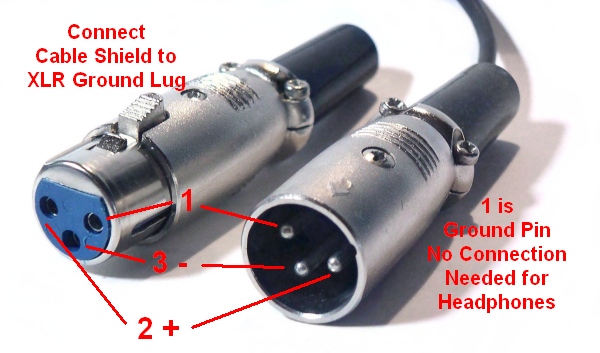ProtegeManiac
Headphoneus Supremus
I think a lot of that has to do with just how much voltage swing the music and the headphones demand and can make use of. If for example you're comparing a CMOY or even a desktop amp with a voltage swing of, say, 6v or below, the balanced amp making 18v peak to peak would sound spectacular. Next to an amp that does 12v peak to peak, which is about all the music and headphones need, there won't be any additional improvements; except maybe if you run a bassy song and up the EQ then the balanced amp might show an advantage.





